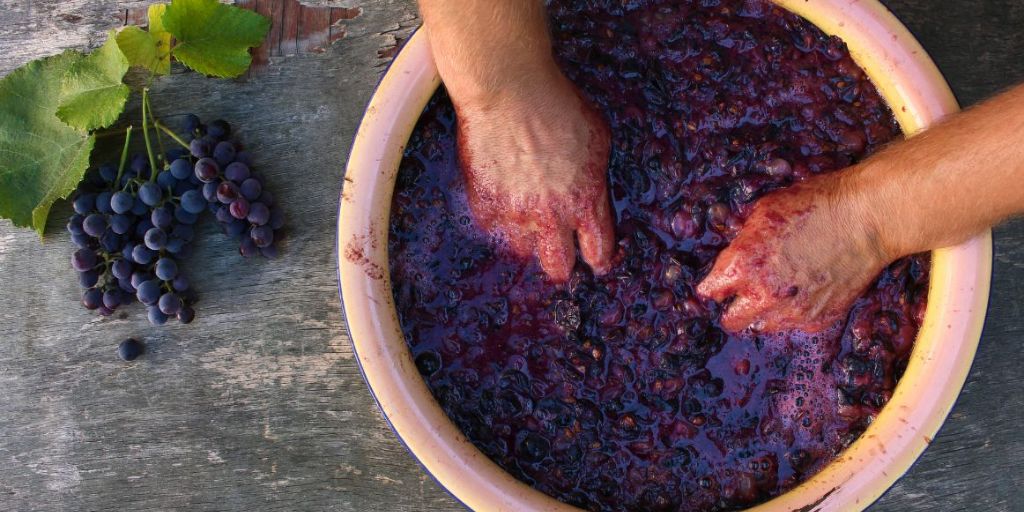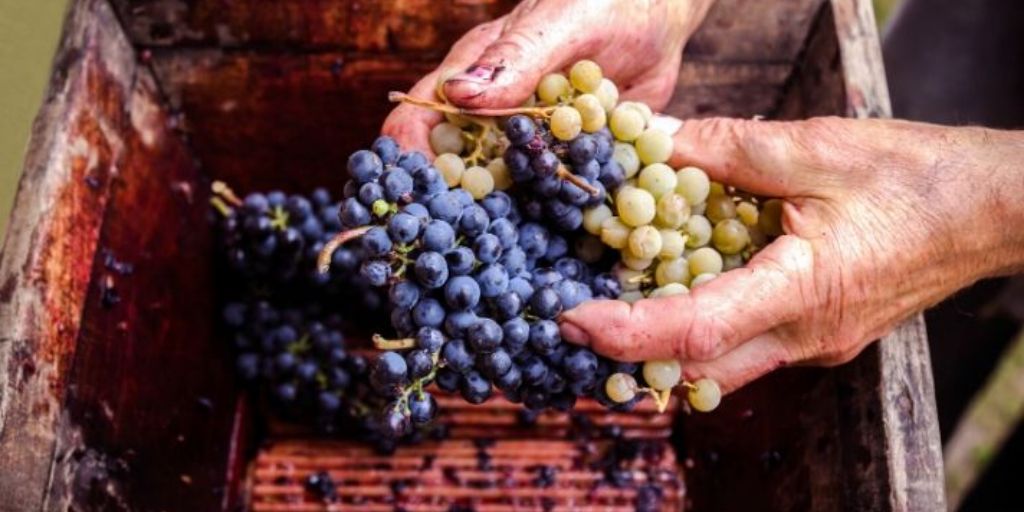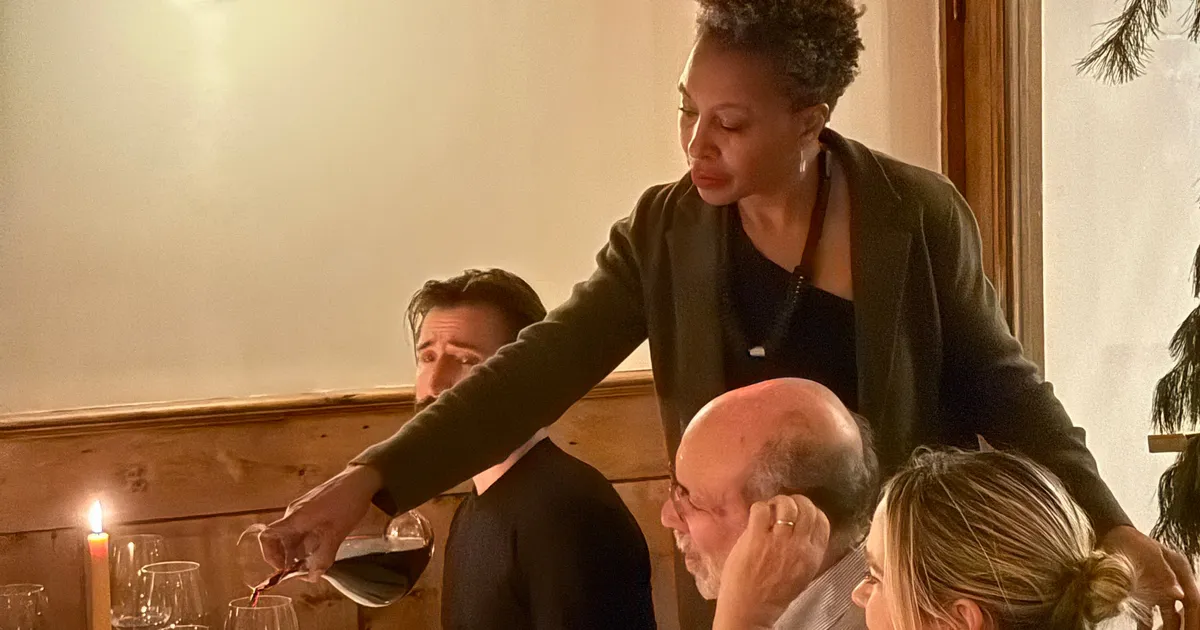Wine is one of the world’s oldest and most cherished beverages, enjoyed for its rich flavors, cultural significance, and remarkable diversity.
But how does a simple grape transform into the complex liquid that fills your glass? The journey from vineyard to bottle is both an art and a science, requiring care, precision, and a deep understanding of nature. Here’s a detailed look at how wine is made, step by step.
1. Growing the Grapes
The foundation of any great wine is the grape. Wine grapes (Vitis vinifera) thrive in specific climates, with soil, weather, and location—known collectively as terroir—playing crucial roles in shaping the final product. Popular grape varieties include Cabernet Sauvignon, Chardonnay, Pinot Noir, and Merlot, each offering unique characteristics.
-
Vineyard care: Throughout the year, vineyard workers prune, monitor, and manage vines to ensure healthy growth. Decisions like canopy management (arranging the leaves and shoots) and irrigation are critical for controlling grape exposure to sunlight and regulating water levels.
-
Ripening: As harvest approaches, grapes are monitored for sugar levels (brix), acidity, and flavor development to determine the ideal picking time. The balance of these factors greatly influences the wine’s taste and structure.
2. Harvesting
Harvest typically occurs late summer through early fall, depending on the region and grape variety. Grapes can be harvested by hand, which allows for more precise selection, or by machine, which is faster and more efficient.
-
Handpicking: Preferred for high-quality wines, as pickers can select only the best fruit.
-
Machine harvesting: Common for large-scale production, though it can result in a mix of ripe and unripe grapes.
Timing is everything—grapes must be harvested at their peak ripeness to achieve the desired wine style.
3. Crushing and Destemming
Once harvested, the grapes are swiftly transported to the winery to maintain freshness. The next step is crushing and destemming:
-
Destemming: Removes the grape stems, which can add bitterness.
-
Crushing: Breaks the grape skins to release juice. Modern methods often use gentle presses to avoid damaging seeds, which can impart harsh tannins.
For white wines, the juice is usually separated from the skins immediately. For red wines, the juice stays in contact with the skins to extract color, tannins, and flavor.
4. Fermentation
Fermentation is where the magic happens: natural or added yeast converts the grape sugars into alcohol and carbon dioxide.
-
Temperature control: Winemakers monitor and control fermentation temperature to manage the speed and flavor development. White wines ferment cooler (50–60°F) to retain fresh aromas, while reds ferment warmer (70–85°F) to maximize extraction.
-
Duration: Fermentation can take days to weeks, depending on the wine type and style.
-
Malolactic fermentation: Often used for reds and some whites (like Chardonnay), this secondary fermentation softens acidity and adds buttery notes.
5. Pressing (for Red Wines)
After red wines have fermented on their skins, they are pressed to separate the wine from the remaining solids. This step helps refine the wine’s texture and tannin profile.
6. Aging
Aging allows the wine to develop complexity and soften over time. The aging process varies widely:
-
Stainless steel tanks: Preserve fresh, fruity flavors—common for crisp whites and some rosés.
-
Oak barrels: Add texture, flavor (vanilla, spice, toast), and tannins. Wines may age in barrels for months or even years.

-
Bottle aging: Some wines continue to evolve in the bottle, developing secondary aromas and smoother profiles.
The choice of vessel and duration of aging are key decisions that impact the wine’s final style.
7. Clarification and Stabilization
Before bottling, wines are clarified and stabilized to remove unwanted particles and ensure clarity and shelf stability.
-
Racking: The wine is transferred from one vessel to another, leaving sediment behind.
-
Fining: Substances like egg whites or bentonite clay are added to bind and remove impurities.
-
Filtration: Removes remaining solids and microbes, preventing spoilage.
These steps help achieve a clear, polished wine that’s ready for market.
8. Blending
Many wines are blends of different grape varieties or even different vineyard lots. Blending allows winemakers to balance flavors, enhance complexity, and maintain consistency across vintages. For example, Bordeaux blends often combine Cabernet Sauvignon, Merlot, and Cabernet Franc to achieve harmony.
9. Bottling
The final step is bottling, where the wine is placed in glass bottles under sterile conditions to preserve quality. Bottles are sealed with corks, screw caps, or other closures, each offering distinct benefits. Labels are applied, providing essential details like grape variety, vintage, region, and alcohol content.
Optional: Sparkling Wine Production
For sparkling wines like Champagne, an additional fermentation occurs:
-
Traditional method: After bottling, sugar and yeast are added to trigger a second fermentation, creating bubbles. The wine is aged on its lees (dead yeast cells) for texture, then clarified, topped up, and sealed.
-
Other methods: The Charmat method (used for Prosecco) ferments wine in large pressurized tanks before bottling.
From Bottle to Glass
Once bottled, wine can be enjoyed young or aged further. Proper storage—cool, dark, and stable—is crucial for maintaining its integrity. When it’s finally poured into your glass, you’re experiencing the culmination of nature’s bounty and the winemaker’s craft.
The Bottom Line
Wine’s journey from grape to glass is a fascinating process that blends tradition, innovation, and a deep respect for nature. Every sip you take reflects countless decisions—from the vineyard to the cellar—that shape its aroma, flavor, and character. Understanding how wine is made not only enhances your appreciation but also connects you more deeply to this timeless beverage.


